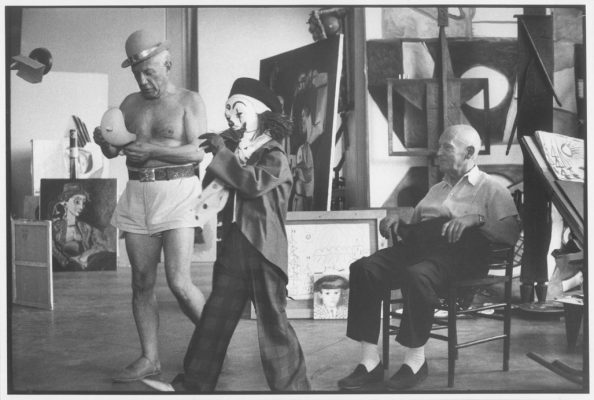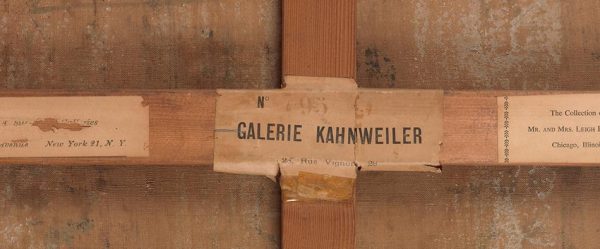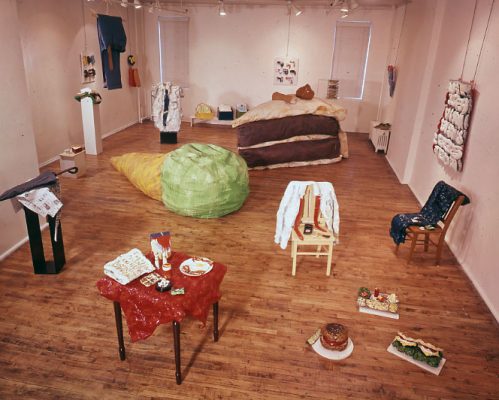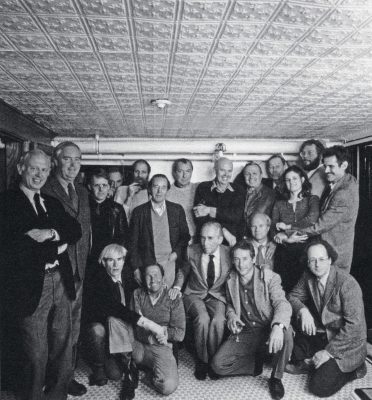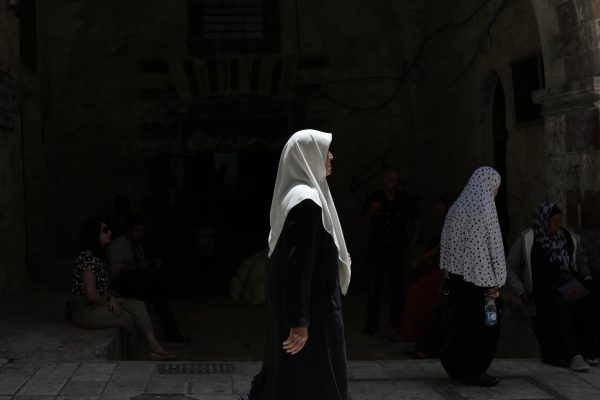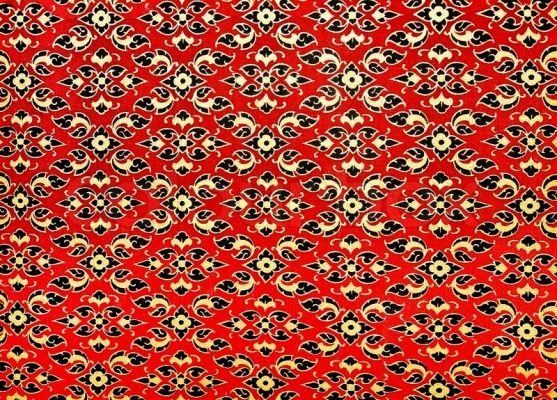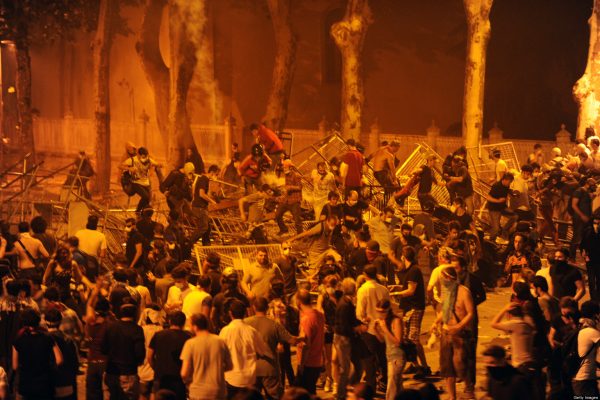Of his art dealer, Daniel-Henry Kahnweiler, Pablo Picasso once wondered, ‘What would have become of us if Kahnweiler hadn’t had a business sense?’ The dealer, who did so much with his Paris gallery between 1907 and 1914 to usher Cubism into the world, felt similarly indebted: ‘it is great artists’, he said, ‘who make great dealers.’ Then as now, one without the other is unimaginable.
Kahnweiler is one among several historic dealers in modern and contemporary art who might serve as role models to the gallerists who are today responsible for bringing ground-breaking artists to a wider public. He was, by some accounts, a meagre businessman, but he had the temper for Cubism when few others did. He knew not only how to spot artists (he showed all the principal Cubists: Picasso, Georges Braque, Juan Gris, Fernand Léger) but also how to put them into conversation. When his artists were unsure, he suggested titles for their work; he wrote about their paintings to provide audiences with context; he recognised the force of their style. ‘I did not have the slightest doubt,’ he said, ‘as to either the aesthetic value of these pictures or their importance in the history of painting.’
By the time he opened his gallery at 28, rue Vignon, the Salon de Paris had long been on the wane and public tastes were shifting. The most affluent members of the bourgeoisie had the money for art, but only a nascent sensibility for abstraction. They needed a gallery like his to put the art into context. Kahnweiler’s Cubist programme – like Alfred Steiglitz’s photography programme at his 291 gallery in New York, or Charles Egan’s Abstract Expressionist emphasis at his eponymous New York gallery in the 1940s – lent focus to a new chapter in the history of modernism.
The most important dealers have always made that their task. That’s what the American art dealer Leo Castelli did with his gallery, which he opened in New York in 1957. In January 1958, he hosted Jasper Johns’ first solo show. The exhibition, which included Johns’ paintings of American flags, rang the closing bell for Abstract Expressionism and heralded the coming ascent of Pop.
That winter, the painter Frank Stella, then a Princeton University undergraduate, saw and admired Johns’ show. Two years later, having moved to New York, he had his first solo exhibition at the same Castelli venue. The black stripe paintings he showed, which inaugurated the Minimalist project, were based directly on the stripes of Johns’ flags, but Stella had drained them of all reference. That posed a direct challenge to Johns’ representational project: why make a picture of something when you can make one of nothing?
The Castelli Gallery would have been a mere picture shop had its owner not orchestrated public quarrels between his artists about what art should look like. Like Kahnweiler, Castelli was a keen conductor of polemics; and like the German dealer, he also had financial ups and downs. ‘Castelli seems uncomfortable as a businessman,’ a journalist noted in Art News in 1982. As far as Castelli was concerned, he was just the manager of their personalities: ‘You are not the boss; the artists are,’ Castelli said. Yet the American dealer, like Kahnweiler, had a clear vision with his gallery programme; he knew what conversations he wanted to foment and how to mould them into existence. Like all the best dealers, he had an essentially aesthetic intellect. He had a sensibility for others’ sensibilities; a taste for how artists could be groomed and related to one another in the service of a deeper argument.
*
It is a high bar, but few contemporary art galleries today have such clear mandates; many have no real programme to speak of. All but a few of them present a smattering of artists who are practically blind to one another. Look, for example, at the artists represented by Paul Kasmin Gallery in New York. What meaningful discussion could be had between the respectable mid-century paintings of Morris Louis and the garish fashion photography of David LaChapelle, who made his name with flashy portraits of Britney Spears and Brooke Shields? What do these artists have to say to the young American sculptor Will Ryman, who once showed a sculpture at Kasmin made from coal that depicted Barack Obama and his national security team in the White House Situation Room? Or to the photorealist Turkish painter Taner Ceylan, or Constantin Brancusi, who are among others on the gallery’s catholic roster.
A confused situation like this is partly the result of our eclectic and unfocused age. When movements collapse and artists splinter, it is difficult to make larger points or sustain conversational energy. The art on hand looks in too many different directions. There is more leeway today for eclecticism than ever before. Contemporary art galleries do not fail because they are too conservative, but because they are not conservative enough.
Admittedly, there have always been dud dealers and even Kahnweiler recognised the extraordinary nature of his situation (‘I think my case is quite unusual and won’t repeat itself very often’). There are other pressures too, because a gallery is not simply an aesthetic or historical project, it is also a business and there are financial considerations to take into account. Galleries like David Zwirner’s and Larry Gagosian’s are rare. Few dealers can buy a 52.9 million dollar work by Cy Twombly at auction, as Gagosian did at a Christie’s in May. For most, rents in New York and London are expensive enough. After a gallery finances the production of a new body of artwork, the installation of the show, advertising, art handling, storage and gallery staff, minus the artist’s cut of any sales, little if anything is left of profit.
Some, like Minus Space Gallery in New York, operate as non-profits (the gallery focuses on geometric abstraction). Other dealers, like Marian Goodman, represent artists who can bring in enough money to subsidise the larger project. She shows not only Gerhard Richter, whose 1986 painting Abstraktes Bild sold for £30.4 million at Sotheby’s in London in 2015, but also the Swiss painter Niele Toroni, whose work, though important, is in a much lower financial league. ‘Her judgment,’ the art historian Benjamin Buchloh once said of Goodman, ‘is ultimately aesthetic, but she has a broad understanding of what a privileged existence allows and requires one to do. Her gallery has a certain subtle social horizon of responsibility.’
*
In 1960, Richard Bellamy opened the Green Gallery in New York with the privilege of a wealthy backer, the collector Robert Scull. (In exchange, Scull bought works at steep discount.) Bellamy was another weak businessman (‘It was always hard for me to think of Bellamy as an art dealer,’ the critic Barbara Rose later remembered) but he was perceptive about a burgeoning discussion between artists who, on the surface, had little in common. He saw shared energy where others didn’t.
In 1962, Bellamy held a show by Claes Oldenburg, who exhibited a group of sculptures meant to look like foods: a giant hamburger, a cake, an ice cream cone. In the New York Times the critic Stuart Preston offered mild praise for the work, but only because it offered ‘social comment’ on ‘the whole inflated business of advertising, public relations and the creating of “images”, the bigger and shinier the better.’ He hastened to add that the work was ‘not “art” in any conventional sense’.
Was Bellamy wounded? The next year, Green Gallery presented the budding Minimalist Donald Judd’s hard-edge abstract sculptures: clean, austere works made with no apparent reference to the existing world. Judd’s work seemed to protest against Oldenburg’s: why make a sculpture of something when you can make one of nothing?
Yet Judd, who kept few friends and who trained his fire against anyone he deemed sub-par, had been deeply impressed with the earlier show. ‘It’s completely his idea,’ he wrote of Oldenburg’s decision to make inflated versions of everyday items. ‘It’s a remarkable one and it’s full of possibilities.’ The two shared little in the way of formal vocabulary, but they had a similar sensibility for large-scale work that offered few illusions; what you see is what you get, whether that’s a burger or a box. It was Bellamy who saw the potential in a gallery programme that accommodated both artists, along with others, such as Yayoi Kusama and sculptor Mark di Suvero, who shared their predisposition towards simplicity and literalism.
*
Unlike the artists he broke, ‘Dick himself would artfully dodge posterity,’ as Judith Stein wrote in her biography of Bellamy, Eye of the Sixties. His project was short-lived. By 1964, Scull was tired of financing it and pulled his funding. The Green Gallery closed the next year, and the artists dispersed.
It is not an uncommon fate. A dealer’s aesthetic vision is one thing; financial sustainability is quite another. Galleries rarely last long and artists, like backers, can be quick to depart. Fernand Léger left Kahnweiler’s when he learned he could make a greater profit through the rival French dealer Paul Rosenberg. Nor did Picasso and Braque remain dutifully with their first major supporter. Some gain as others lose. Uptown from the Green Gallery in New York, Castelli benefitted when Bellamy closed his shop. He began to show Judd in 1966 and held solo exhibitions by Oldenburg in the 1970s. Both artists fit neatly into Castelli’s programmatic scheme. Judd’s metal boxes are close, formally and conceptually, to Frank Stella’s cool, monochrome paintings; and Oldenburg and Johns had a common taste for the common American iconography of hamburgers and flags.
The latter two artists stand together in the background of a photograph of Castelli taken by Hans Namuth in 1982. The occasion was the twenty-fifth anniversary of the gallery, for which the dealer threw a party at the Odeon restaurant in Tribeca, then a largely deserted Manhattan neighbourhood. Robert Rauschenberg is there, holding hands with Andy Warhol. Ellsworth Kelly and Dan Flavin stand off to the far left, smiling. Ed Ruscha is kneeling, Lawrence Weiner is smoking, and Keith Sonnier is laughing. Richard Serra, who is shorter than most, peers from the back left.
Here it is, in a snapshot – Castelli’s programme. But the picture also records what is missing. By the time it was taken, Judd’s relationship with Castelli had frayed. The dealer held nine shows by the artists through the early 1980s, but Judd eventually began to feel he had been cheated. The accounts were wrong, he was perpetually in debt, and Castelli, he later wrote, ‘was always obscure, and smoothly devious’. In 1989, reflecting on the gallery’s programme, Judd wrote that every ten years the gallery ‘issues a summation which lists the same artists and their shows’ along with ‘twenty or thirty “discoveries”, of which I’m still one. But the majority by far of the artists shown were never heard of again.’ His account is extreme, but not entirely disputable. Cletus Johnson is there at the Odeon with Castelli and no one remembers him. No matter; as Castelli sheepishly told the Art News reporter, he was ‘the servant’ of his artists’ needs, whatever those may be, ‘that is my role’.
